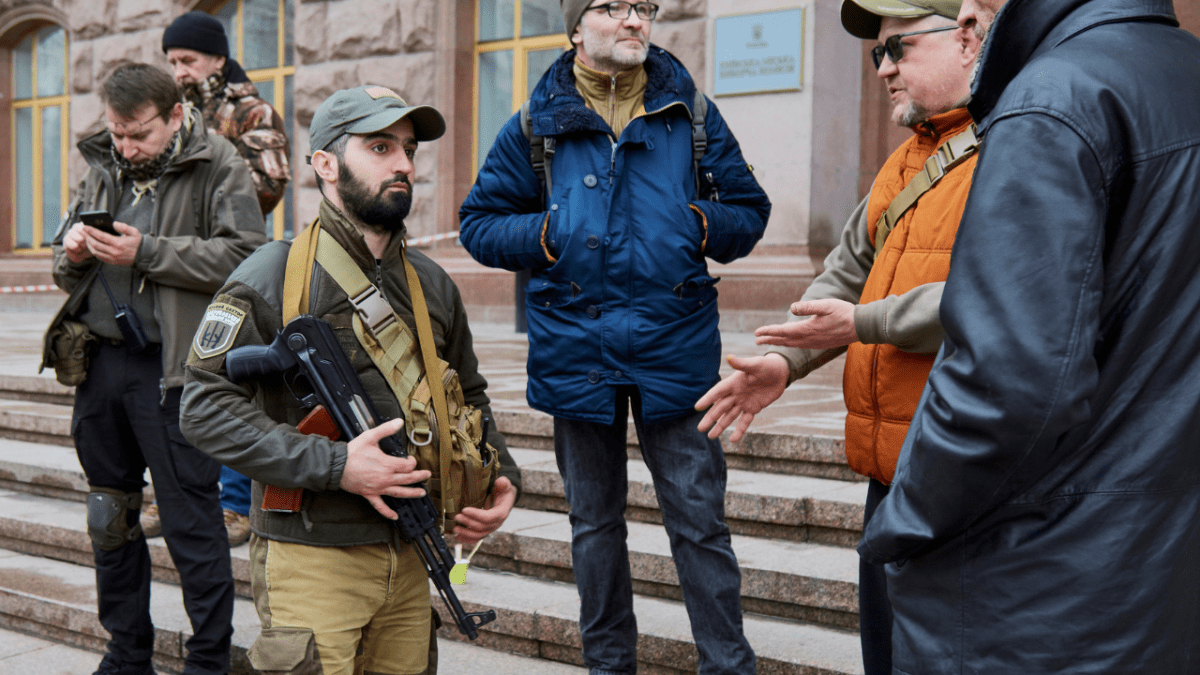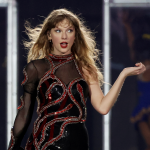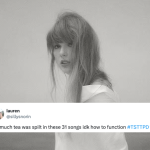
Russia launched a full-scale invasion of Ukraine on Thursday February 24 after months of escalating tension and threats.
World leaders have warned it could be the biggest conflict in Europe since 1945.
Russian attacks were carried out across the nation on the first day of the invasion. Dozens of deaths were confirmed within the first 12 hours. Airports were targeted by missiles and shelling, thousands of Ukraine residents began to flee by car, bus and on foot.
So how did it actually come to this?
If international relations wasn’t one of your year 12 subjects it can all seem kinda complicated. Let’s break it down.
TL;DR here’s a Tweet-length summary:
Ukraine wants to join NATO. Russia doesn’t want Ukraine to join NATO. Russia demanded Ukraine didn’t join and threatened invasion. US warned “severe consequences” if Russia attacked Ukraine. NATO allies placed sanctions on Russia. Rest of world doesn’t want a war. Turns out, Russia does.
Who is involved?
Pre-invasion the situation was called the Ukraine-Russia conflict or crisis, but it’s really a Russia-NATO stand-off over Ukraine.
The North Atlantic Treaty Organisation (NATO) is a growing military alliance made up of 30 member states across Europe and America — not including Russia.
How did this all start?
Ukraine used to be part of the Russian empire for centuries. Then Russia became a Soviet republic in the Union of Soviet Socialist Republics (USSR). When the USSR broke up in 1991, Ukraine became an independent state and distanced itself from Russia and formed close ties with the West.
When Ukraine’s leader decided not to join the European Union in 2014 it kicked off mass protests in the country and he was booted.
A Russian-speaking rebellion movement emerged in the border communities in Ukraine. Ukraine accused Russia of supplying with funds, weapons and even troops to the rebels. Russia denied this and said any soldiers who joined the movement did so voluntarily.
But the movement grew so big Russia was able to annex the peninsula of Crimea from Ukraine and place it under its control.
The US and other NATO allies sent weapons to help out Ukraine.
According to Ukraine, more than 14,000 people died in the fighting.
Relations between Russia and the West have devolved since.
NATO has also been growing in western Europe.
The more ally states have joined, the closer Russia’s enemies have encroached.
Russian President Vladimir Putin doesn’t want his power in Europe to shrink, which is what’ll happen the bigger NATO gets.
What’s the deal with NATO and what’s the current conflict about?
Ukraine wants to joins NATO because it gives them access to more military force and therefore protection.
Russia doesn’t want NATO to allow Ukraine to become a member because it would expand NATO’s presence on the Russian border and would mean Ukraine was eligible for loads more military support from all NATO member states.
For example, if Ukraine joined NATO the US could set up a military base mere kilometres away from Russia and would be able to send missiles over the border within minutes.
NATO considers an attack against one or several of its members as an attack against all, so that’s a big fight Russia would be up against.
What are Russia’s demands?
Russia basically wants the NATO forces to back off.
It wants to end to the eastern expansion of NATO membership to ex-Soviet states and has demanded that all member states of NATO commit to prevent any further expansion of the alliance, including the accession of Ukraine and other former USSR states.
What’s happened in 2022 to lead up to the invasion?
In January Russian troops started to gather along the Ukraine border. It was a bit of a muscle flex, but NATO and UN leaders were immediately concerned Russia could launch a full-scale invasion.
As many as 130,000 Russian troops were stationed along parts of the border for more than a month and on February 23 began moving into two contested Ukrainian territories.
Putin ordered troops into Donetsk and Luhansk and showed no signs of backing down from his list of demands.
The US, UK and Australia declared the invasion had begun and placed sanctions on Russia to deter Putin from pushing any further.
“The sanctions that are imposed not just by Australia, but all countries around the world, they will just keep stepping up,” Morrison said.
“It’s important that we play our part in the broader international community to ensure that those who are financing profiting from an autocratic and authoritarian regime that is invading its neighbour should have nowhere to run and nowhere to hide.”
Scott Morrison warned we were in the “last stage before a full invasion”, which could begin within 24 hours because all signs pointed to Russia following through on its threats.
Unfortunately, he was right.
Early on Thursday morning local time Putin announced live on TV he has authorised a military attack on Ukraine.
During the address Putin said that Russia did not intend to occupy Ukraine but clashes between Ukrainian and Russian forces were “inevitable”.
He justified the imminent attack as a “denazification” of Ukraine and said the responsibility for any bloodshed would rest with the “Ukrainian regime”.
Before the first explosions were reported an hour later, he warned the rest of the world not to interfere.
“To anyone who would consider interfering from the outside: if you do, you will face consequences greater than any you have faced in history. All relevant decisions have been taken. I hope you hear me,” Putin said in his address.



